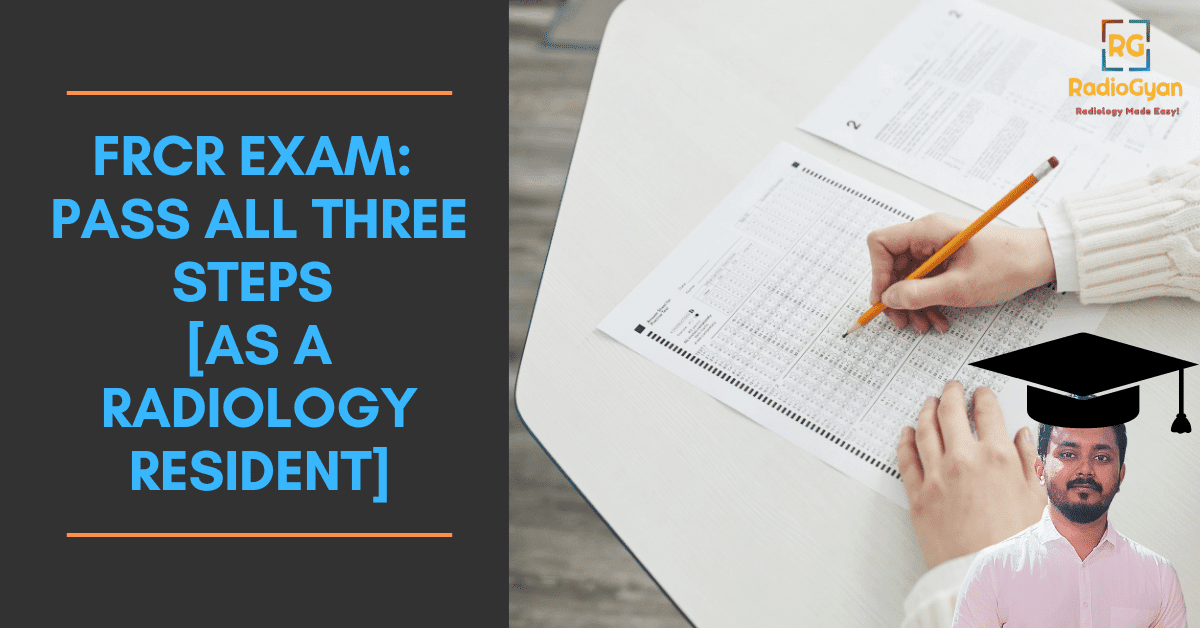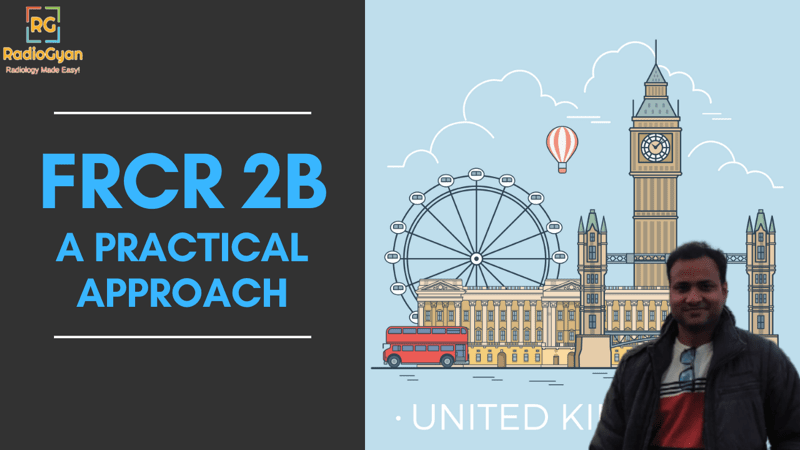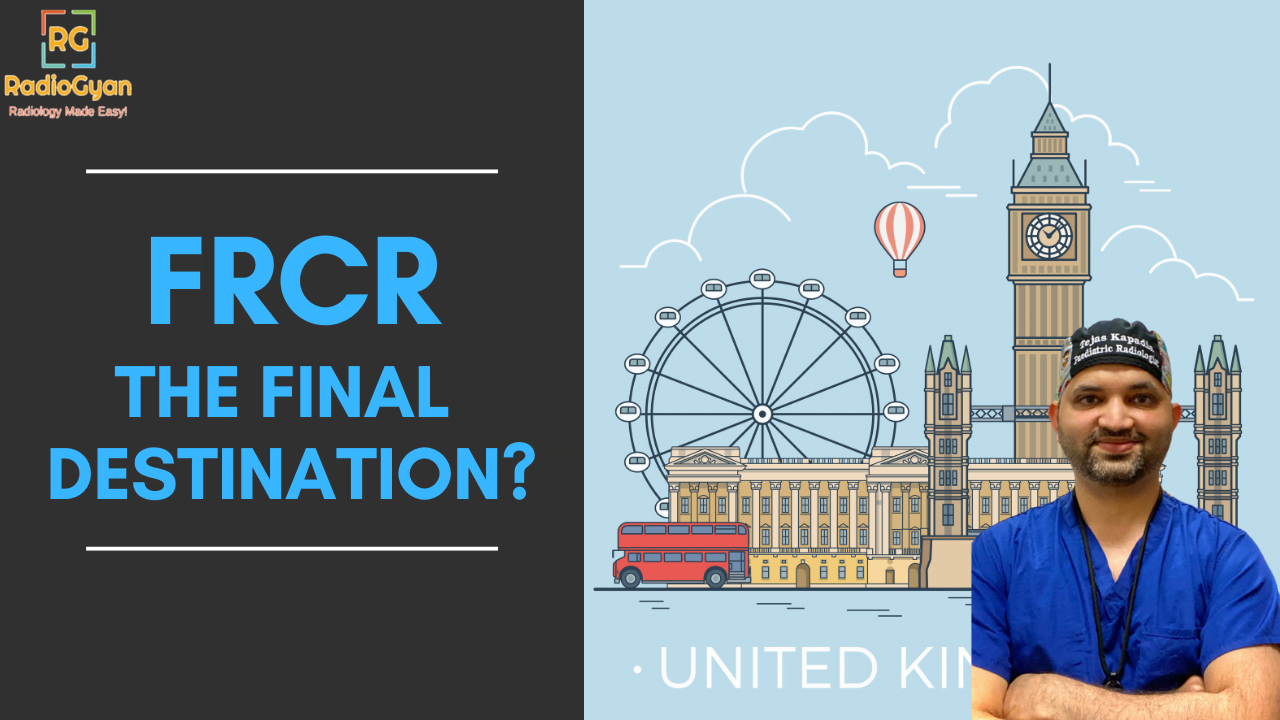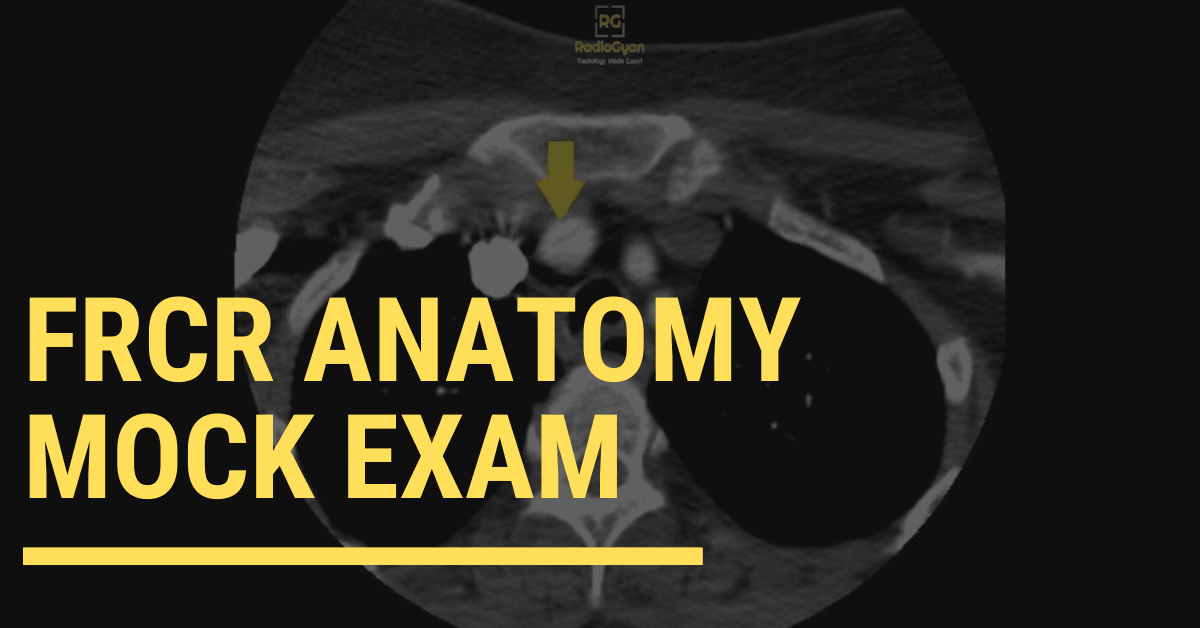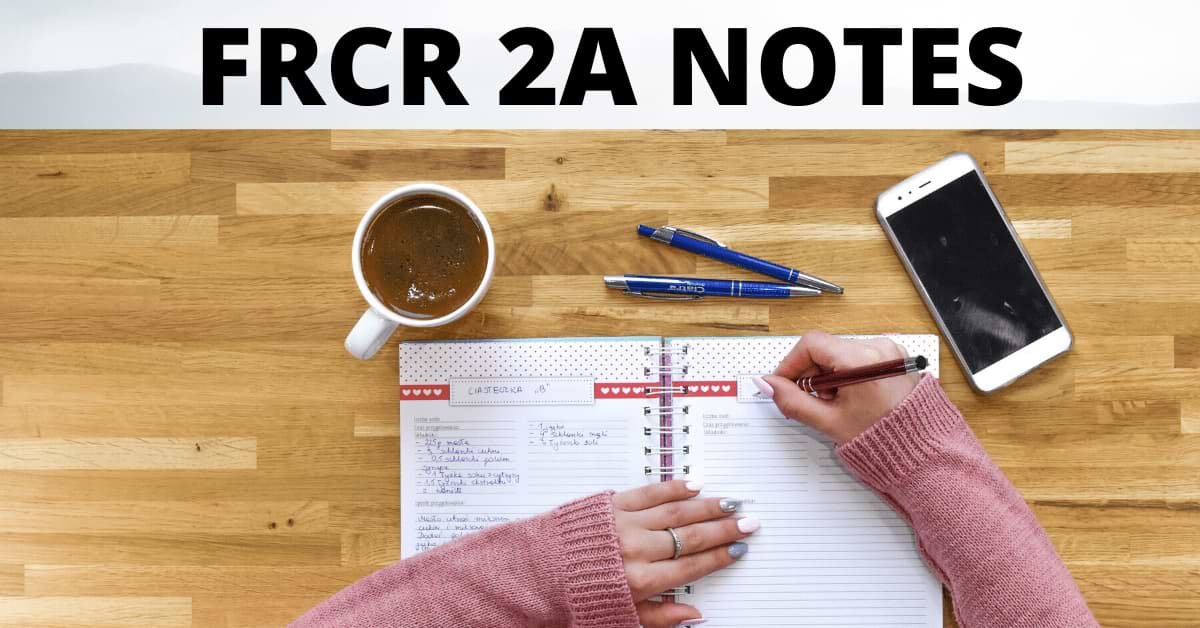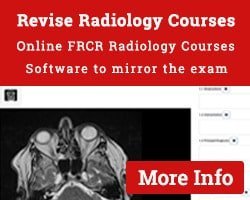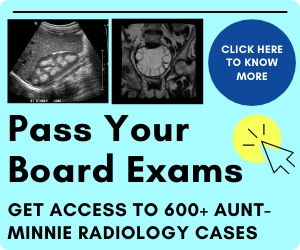I’m Dr. Khader Baksh, 3rd year DNB Radiology Resident from Vadamalayan Hospital, Madurai, India and this is the story of how I passed FRCR during my residency. I began preparing for FRCR as soon as I joined my residency. The detailed guide on RadioGyan website and the youtube channel about the process and application was my main source of information and guidance regarding the exam process.
Overview
A few changes have been made to the FRCR examination portal. Becoming an RCR member has become essential (not mandatory) to make an exam booking as members have early access to booking. Application for membership should be done at least four weeks before the examination booking starts.
The previous method of ballot list has been changed to a first come first serve basis.
Part 1 Physics :
Understanding radiology physics can be difficult, especially as a resident. The main reference textbook I used is “Farr’s Physics for Medical Imaging”. Multiple revisions of the book are essential to clear FRCR physics. The chapter on “Film screen radiology”, except for the mammography and linear tomography portions, can be skipped as no questions from it have been asked in recent years.
Another helpful book for revision is FRCR Physics Notes Medical imaging physics for the First FRCR examination by Dr. Sarah Abdulla. This book also describes the latest guidelines and radiation safety recommendations in the UK, as the ones in Farr’s are outdated.
After reading each chapter in Farr’s, I did a quick reading of the same in FRCR Physics Notes by Dr. Sarah Abdulla, then solved the respective chapters in the MCQ books. I did three revisions of all of these. I also made note of points that I found difficult and used them for revision before the exam.
The MCQ books that I used are:
- MCQs for the First FRCR (Oxford specialty training) – By Dr. Varut Vardhanabhuti
- Get Through First FRCR: MCQs for the Physics Module – Grant Mair
- Physics MCQs for the Part 1 FRCR – Shahzad Ilyas
- Succeeding in the FRCR Part 1 Exam (Physics Module) – Pervinder Bhogal
- MCQs for the FRCR Part 1 – by Monica Khanna
- FRCR Physics MCQs in Clinical Radiology – Ibrahim Lutfi Shuaib
New residents can start reading physics soon after starting their residency as it will also be useful in your postings. Videos on radiology physics can be useful to understand difficult topics.
Part 1 Anatomy:
The anatomy module is easier compared to the physics module. I spent only around 10 days preparing for anatomy. If you are regularly reporting cross-sectional imaging, you won’t face much difficulty in passing anatomy. The main book for reference is Weir & Abrahams’ Imaging Atlas of Human Anatomy. A few mock exam books that I used are :
- Passing the FRCR Part 1: Cracking Anatomy – Edited by Niall Moore
- FRCR Part 1: Cases for the Anatomy Viewing Paper – Dr. James D. Thomas
- Get Through First FRCR: Questions for the Anatomy Module – Dr. Grant Mair
- FRCR Part 1 Anatomy Mock Examinations – Aidan Shaw
- First FRCR Anatomy Practice Cases – Constantinos Tingerides.
- First FRCR Anatomy Questions and Answers – Usman Shaikh
The examination pattern of 5 questions from 1 image has now been changed to a single image for each question. Nevertheless, these books can be useful for preparation.
A new online mock exam for anatomy is available on the RadiologyVibes website by Dr. Sandeep Awal. It is according to the latest exam pattern and has high-yield questions.
Part 2A :
I gave my 2A exam at the end of my 2nd year of residency. Preparing for 2A was difficult as I didn’t have much time to read due to my clinical postings and thesis work. It took around 6 months of preparation. The main textbook that I used was “Core Radiology-A Visual Approach to Diagnostic Imaging”. I did three revisions of the book and solved mock exam books once.
Another good book is “Crack the core exam by Prometheus Lionhart Volume 1” and Volume 2 Even if you use other books, make sure to read the “Gamesmanship” section of “Crack the core exam” multiple times, a few weeks before the exam.
The MCQ books that I used are :
- SBAs for the Final FRCR 2A – RWK Lindsay
- Get Through Final FRCR Part A: SBAs for the Modular Examination – Megan Bydder M
- GET THROUGH Final FRCR 2A: SBAs – Teck Yew Chin
- Masterpass Final FRCR Part A Single best answers – Robin Proctor
- Grainger & Allison’s Diagnostic Radiology SINGLE BEST ANSWER MCQs
- Succeeding in the new FRCR Part 2a Exam
- FRCR Part 2A Single Best Answer (SBA) Questions – Dr. Tristan Barret
- SBAs for the FRCR 2A – Edited by Stuart Currier
- 300 Single Best Answers for final FRCR part A – Chaitanya Gupta
The best recommended online resource is frcrexamprep.com. The questions are good with proper explanations. Telegram groups like “FRCR 2A Essentials” & “Diagnostic Radiology Academics” were also useful.
Part 2B:
I was lucky enough to have regular exposure to cross-sectional reporting, right from the beginning of my DNB training. This played a crucial role in passing Part 2B. As my final exams were due soon, I had only 3 months for preparation.
I started with the Rapid Reporting section. I read Accident and Emergency Radiology: A Survival Guide (By Nigel Raby) twice and then started with solving online rapid packets. Initially, I did 2 per day and slowly increased to 5-6 in the end. It is very important to have your own checklist and a systematic approach for all the body parts. I did a total of around 250 packets. In the exam, I got 6.5 (27/30) and it helped me compensate for the viva section. A lot of practice in rapid reporting is key to clearing the 2B as it is the “make-or-break” section.
I began my preparation for the Rapid Reporting section by thoroughly reading “Accident and Emergency Radiology: A Survival Guide” by Nigel Raby. Following this, I proceeded to solve online rapid packets, initially starting with two per day and gradually increasing to five to six per day towards the end. I found it imperative to maintain a personal checklist and adopt a methodical approach for all body parts. In total, I solved approximately 250 packets, which proved to be beneficial during the exam where I scored 6.5 (27/30), consequently helping me compensate for the viva section. It is crucial to practice extensively for the Rapid Reporting section, as it is considered the “make-or-break” section in clearing the 2B exam.
I had the privilege of being with a focused group of candidates. Our group convened daily for 1-1.5 hour-long Zoom sessions, during which we utilized a combination of resources such as Radiopaedia, mock books, and subscription-based websites to review and discuss relevant case material. Through these group sessions, I was able to refine my presentation skills and overcome any apprehension surrounding the viva exam.
For long cases, I subscribed to Frcrlongcases and Frcrtutorials. Instead of just looking through the cases, I practiced typing the findings for all the cases similar to the exam pattern. This was advantageous in the final exam as I had enough time to type all the findings and management for the long cases.
I attended all the online sessions of Drkhan teaching and Dr. Curtis during these three months.
I also enrolled in the ARI online course and Krest Kochi onsite course. At least one exam course is essential before attempting the exam, especially for radiology residents. These courses can help you with the practical approach and other tips about the final examination in addition to the cases that you see.
Books that I used:
- Accident and Emergency Radiology: A Survival Guide (By Nigel Raby)
- Top 3 Differentials in Radiology: A Case Review (William T. O’Brien)
- Rapid Review of Radiology (Shahid Hussain)
- Final FRCR Part B Viva: 100 Cases and Revision Notes (Richard White)
- OXFORD SPECIALTY TRAINING Long Cases for the Final FRCR 2B (Dr. Rebecca Hanlon)
- Final FRCR 2B Viva: A Survival Guide (Edited by Kiat Tsong Tan)
- FRCR 2B Viva: A Case-Based Approach (Paul S. Sidhu)
- Aunt Minnie’s Atlas and Imaging-Specific Diagnosis
End Note:
In conclusion, the FRCR exam can be a challenging but rewarding experience for radiology residents. It can be cleared by having a planned strategy, consistency, and a bit of luck. Remember to also take care of yourself during this process by getting enough rest, exercise, and social support.
This journey would not have been possible without the support of my family and the constant guidance from my teachers for whom I am always grateful.
Best of luck with your exam preparation!
Check out more FRCR related posts on our website:


